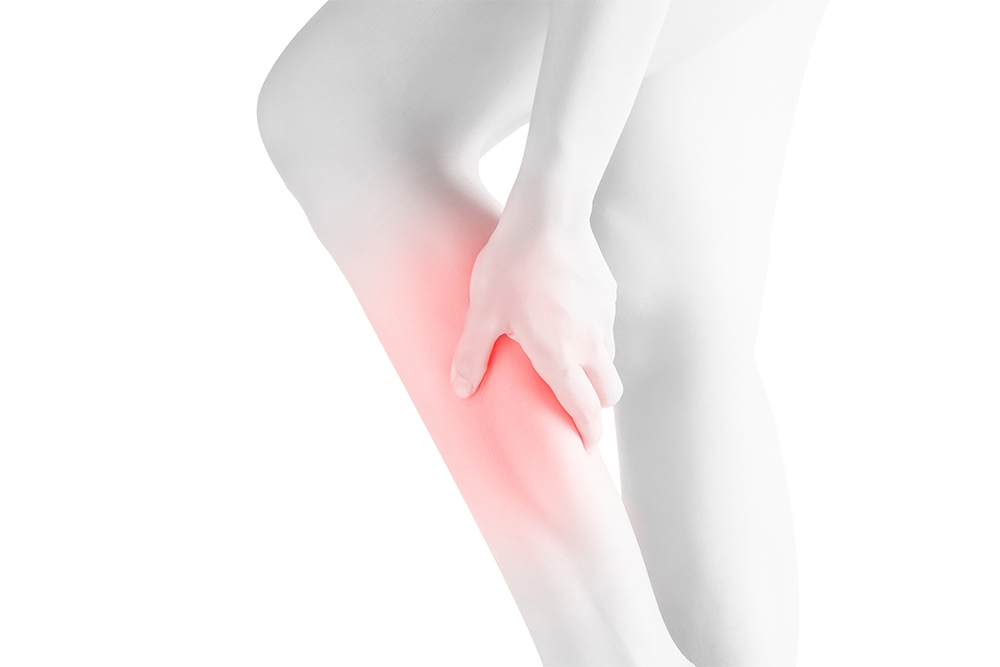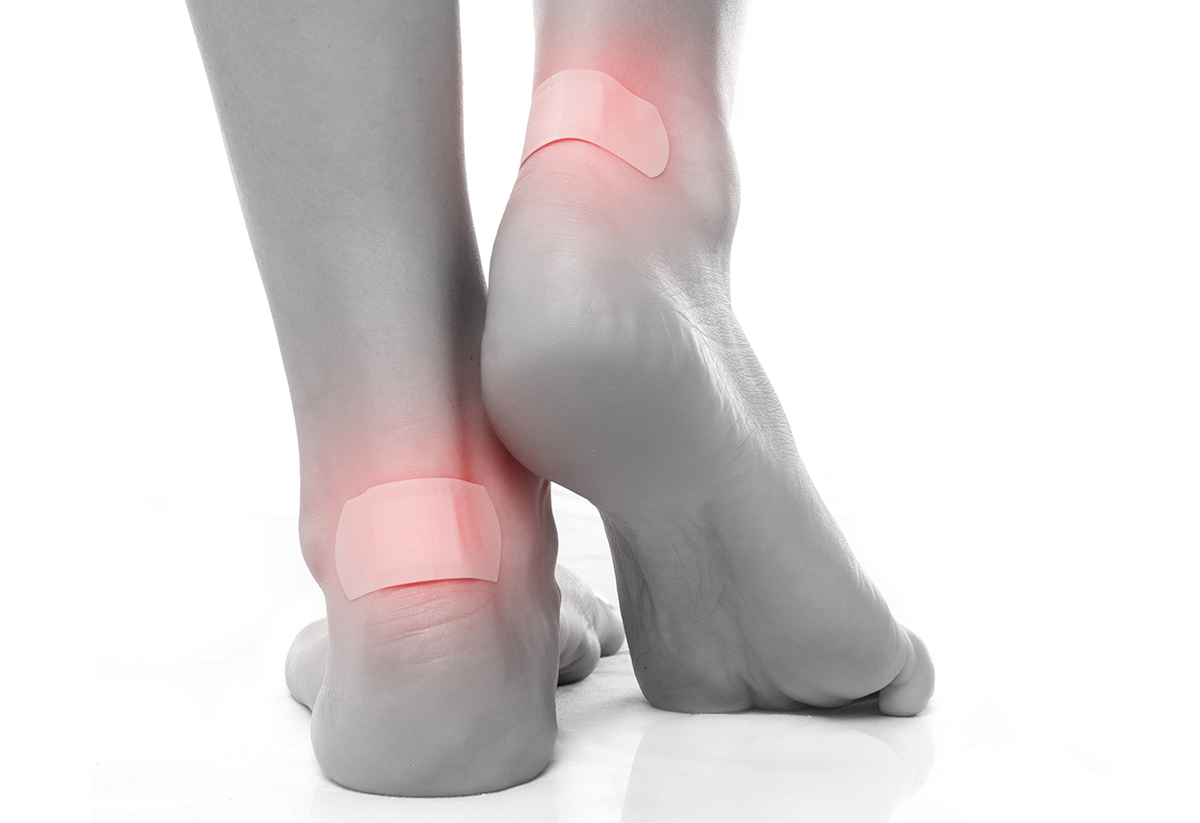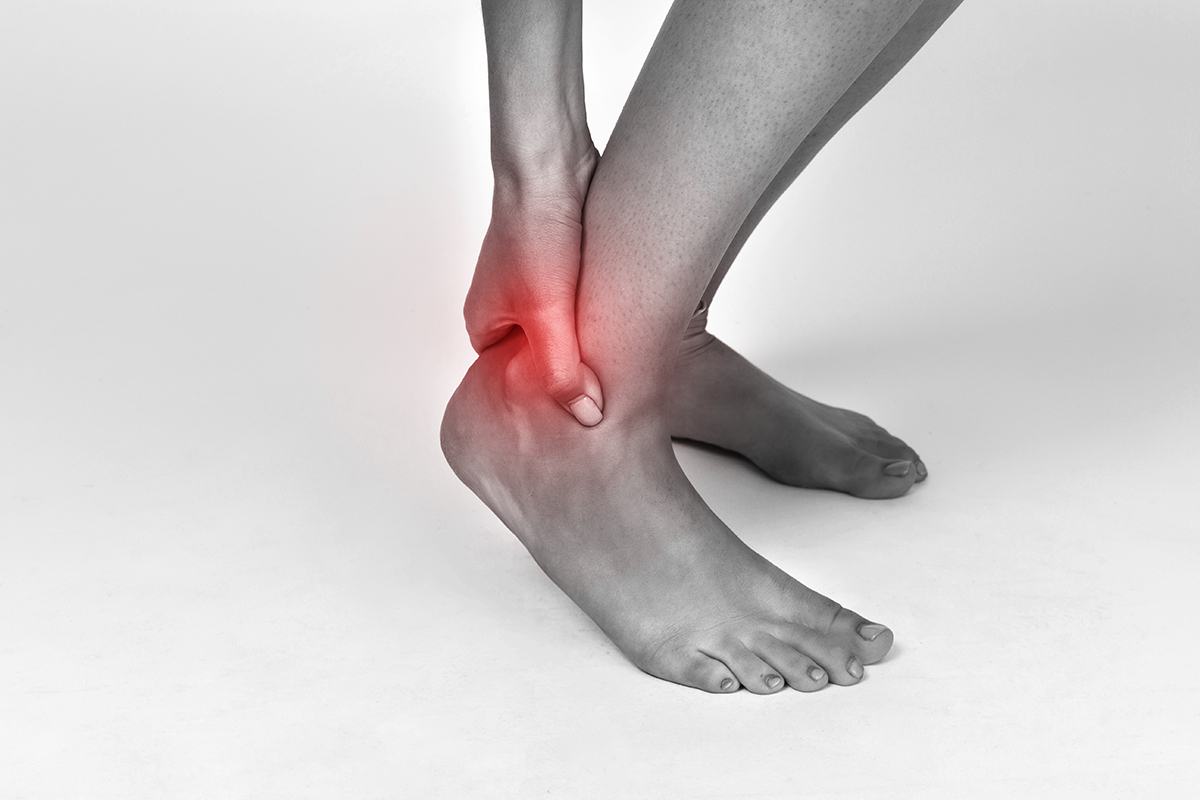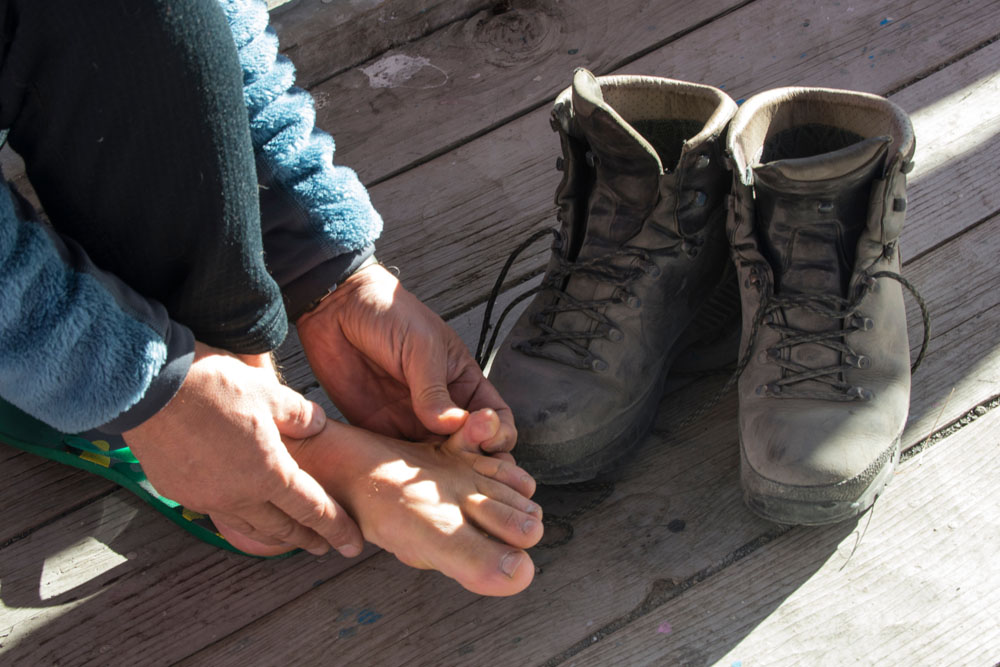
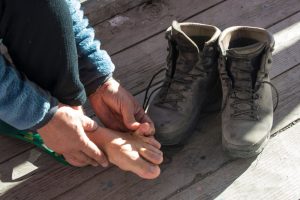 When you hike, your feet and legs absorb the impact of every step, making good foot care essential to achieve your best performance. Your risk of sustaining a hiking injury can be increased by having (unsupported) flat feet, high arches, stiffness or reduced movement at your ankle, slight differences in the length of your legs (it’s more common than you may think!) and your footwear – especially if it has worn out over a few years of hiking.
When you hike, your feet and legs absorb the impact of every step, making good foot care essential to achieve your best performance. Your risk of sustaining a hiking injury can be increased by having (unsupported) flat feet, high arches, stiffness or reduced movement at your ankle, slight differences in the length of your legs (it’s more common than you may think!) and your footwear – especially if it has worn out over a few years of hiking.
At My FootDr, we aim to help prevent the frustrating problems and injuries people experience when hiking. Our Podiatrists are trained to carefully assess the feet and legs (including your current risks, even when you don’t have existing pain), diagnose and treat injuries, provide injury prevention strategies, and educate you on selecting the right hiking boots. If you are thinking of starting hiking, or are presently an active hiker, then we highly recommend a visit to a My FootDr to ensure that you are well-equipped to stay injury-free.
What are the most common hiking injuries?
Blisters
Blisters are one of the most common complaints associated with hiking and are caused simply by excess rubbing and friction over the same area of the skin. The shearing force separates the skin into two layers and space between fills with fluid. While blisters are common, don’t underestimate how much pain and discomfort they can cause – for a condition that is easily prevented. During the annual Oxfam 100km Trailwalker, blisters are one of the top reasons for participants being unable to continue and finish the event.
Ankle sprains
Hiking across rocks or rough tracks can cause you to sprain your ankle because of the uneven terrain. An ankle sprain occurs when the foot twists or rolls beyond its normal range of motion. This causes the ligaments responsible for holding the ankle joint together and keeping it stable to over-stretch, becoming damaged, swollen and painful.
Ankle sprains range in severity, from mild where a dull ache during walking develops, to severe where it quickly becomes impossible to walk or put any pressure on the affected foot. If you ignore ankle sprains, you are at risk of developing chronic ankle instability which can lead to long-term ankle weakness and instability. This is why it’s very important to rehabilitate your ankle correctly and regain full strength and function following a sprain.
Achilles tendonitis
Hiking often involves a series of uphill and downhill climbs, and often over long distances. This can cause tightness in the back of the lower leg at the Achilles tendon, as well as strain and tension on already tight calf muscles. This can cause pain, stiffness and swelling at the back of the heel that is felt with every step – especially when travelling uphill. As Achilles tendonitis can become a chronic and longstanding problem (we’ve seen patients who had been suffering for 10+ years), fast and effective treatment with an experienced podiatry team is highly recommended.
Shin splints
This pain is felt along the shin bone and often it develops during the initial stages of training, or with overuse. Your hiking terrain (particularly those that are very hilly), how well your foot biomechanics are supported, and your footwear choice are big contributing factors to developing this painful and limiting condition.
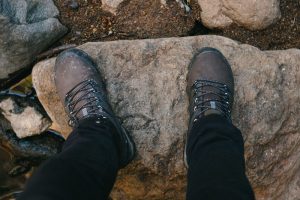 How can you avoid hiking injuries?
How can you avoid hiking injuries?
Stretching – Stretching helps to reduce muscle tension, prepares the muscles for intense exercises, and gradually helps to increase the flexibility and range of movement in your limbs. Stretching before exercise can help to decrease the chance of muscle injury.
Footwear – Selecting the right hiking boots can help to ensure you’re not only comfortable but to reduce the risk of developing or exacerbating injuries. For details on how to find the perfect hiking boot download our FREE Hiking Boot Review ebook.
Controlling abnormal foot biomechanics – your foot posture can make a big difference to your risk of injury development, your recovery from pains and problems, and your general comfort during hiking. We create custom foot orthotics especially for your hiking boots that are carefully prescribed from a thorough assessment and 3D scan of your feet.
Check how you walk – a video walking analysis can help you identify your risks, poor gait habits, footwear and bracing requirements and more. The more you know about your walking style, the better prepared you can be to manage your risks and vulnerabilities.



